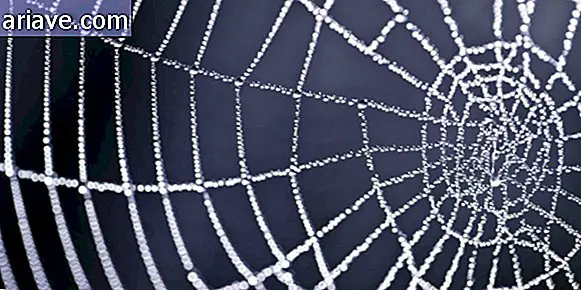Meet 6 Types of Awesome Carnivorous Plants
Carnivorous plants are beings that inhabit a frightening way of much of people's imagination, from childhood to adulthood. Much of this concept comes from movies, cartoons, or games, which portray them as "flesh-eating killers."
In reality, they are not cruel and frightening as seen in some television productions, and some are even beautiful and attractive for decoration. In fact, most of these carnivorous plants eat insects, except some, as a new species we have recently introduced here that can also capture small rodents and arachnids. Another plant we show here may be a little scarier as it feeds on whole sheep.
However, apart from the terrifying image some people have about these species, they can demonstrate very interesting characteristics. So we bring you a list of six of these carnivorous plant varieties and some curiosities about them.
1. Darlington California

Catches insects through a hole into which they enter and is enveloped in a viscous immobilizing secretion. It is also known as a snake plant.
2. Nephentes rajah

They are from the same family as the plant recently found in the Philippines and mentioned earlier. Originally from the island of Borneo, they also feed on insects and use a jar attached to their leaves. They are among the largest known species of carnivorous plants and, in rarer cases, can reach up to half a meter in height.
3. Drosera spatulata

With slow movements, this plant captures its prey through the tentacles present in the leaves. To hold the tusks, it releases a sticky liquid produced by the tentacles.
4. Drosophyllum lusitanicum

The only specimen of the Drosophyllaceae family, this plant has the ability to capture several insects at the same time through its hair. It originates from the northern region of Morocco, Spain and Portugal.
5. Dionaea muscipula

Even with its small size relative to other species (up to 10 cm high), it is extremely efficient and agile in catching insects. With the rare characteristic of being able to perform movements, it takes 0.3 seconds to snap the prey. In addition to invertebrates, small thrush and lizards may also fall into the ambush prepared by this species.
6. Utricularia

It includes several species, including some aquatic species that feed on small crustaceans. They are large and can reach several meters deep, and their appearance is that of a filament mass. They capture several prey at one time.











